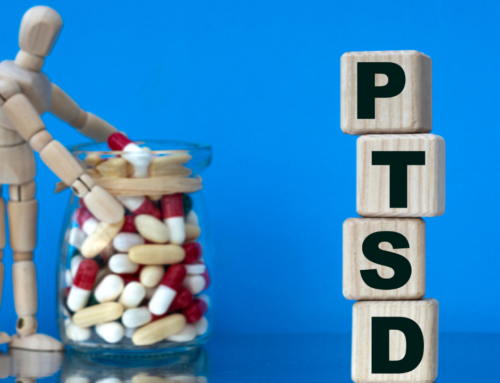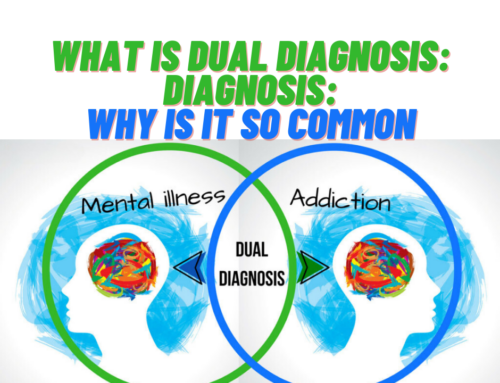Art therapy offers an active form of treatment that engages both mind and body. The practice works well with talk therapy, 12-step programs, and other traditional treatment options for individuals overcoming addiction, allowing participants to approach healing creatively.
Art therapy has proven to be beneficial for individuals coping with depressive disorders, anxiety disorders, substance addiction, and other psychological conditions by cultivating healthy social habits and providing a means of emotional release. If you are interested in pursuing art therapy in your journey to recovery, know how it can help you.
What is art therapy?
The American Art Therapy Association (AATA) defines the practice as “an integrative mental health and human services profession that enriches individuals, families, and communities through active art-making, creative process, applied psychological theory, and human experience within a psychotherapeutic relationship.” Art therapy approaches treatment through active participation in the healing process that provides a more creative outlet than speech, alone.
Art therapists strive to open mind, body, and spirit through visual, musical, or literary arts. The practice allows individuals to express their emotions in a less structured, more tangible way than through speech. Substance addictions have been treated through art therapy since the 1950s, and similar strategies for recovery are still employed by therapists today.
The connection between healing and creation has recently drawn considerable interest in both the medical and artistic communities. The Foundation for Art and Healing is dedicated to exploring that link and disseminating resources among institutions that may benefit from art therapy.
What specific benefits are there in art therapy for individuals combating addiction?
Individuals struggling to communicate their feelings in talk therapy may find that their thoughts and emotions can be released through creative expression. A study conducted by Drexel University shows that cortisol levels, the primary stress hormone in the body, are reduced after a short creative session.
Diminished stress levels may allow access to trauma and other factors that instigated addictive behaviors. Art therapy may have the effect of “decreasing denial, reducing opposition to alcoholism treatment, providing an outlet for communication, and lessening shame,” according to a 2014 study.
What creative activities fall under the scope of art therapy?
Forms of therapeutic art-making include music production (distinguished as “music therapy”), dance, writing, and more. The AATA professes the ability of art creation to access emotional and spiritual depths that may remain blocked in traditional talk therapy. Art therapists work in schools, hospitals, rehabilitation centers, crisis centers, and private practices, engaging with each of those communities in unique ways.
Art therapy allows individuals to practice introspection and locate feelings that may not otherwise present themselves. Ultimately, any creative practice could fall under the category of art therapy. Art therapy may also include the reactions of individuals to images or other artwork shown by the therapist.
Art therapy promotes healing communication in a different, more creative way. In tandem with talk therapy or a 12-step program, art therapy can uniquely benefit individuals in recovery by encouraging accountability in an environment proven to reduce stress. Physical activity in the form of writing, painting, sculpting, or playing music buoys the mind and soul. At Alta Loma, we invite you to engage in comprehensive therapies that will lead you toward a lifetime of mental, emotional, and spiritual wellness. When your mind and body exist in a healthy environment, you will progress toward recovery. Please call us today at (866) 457-3843 for a consultation.



